
Ready to Take Amazing Weekend Concert Photos? Here’s How!
Recently, I have had some truly amazing opportunities to photograph various events and concerts. These occasions have allowed me to delve deeper into weekend concert and event photography, understanding the specifics and challenges these types of opportunities present.
Every concert and every event I’ve photographed possess their own unique narrative. The lighting, the people, and the dynamics are a constantly shifting tapestry. And as a photographer, I’ve had to adapt quickly to these ever-changing scenarios. Often, I’ve grappled with poor lighting conditions, fast-paced on-stage activities, and subjects in constant motion. Yet, each of these challenges has been a lesson, teaching me to better control my equipment and refine my photography skills.
And it’s been quite exhausting, honestly. There’s the stress of managing new circumstances while simultaneously reveling in the process of learning anew.
The experiences I’ve gained have been invaluable, and I am excited to share them with you in the following lines of this article. I hope they will be beneficial to you, whether you’re an experienced concert photographer or just getting to know the field.
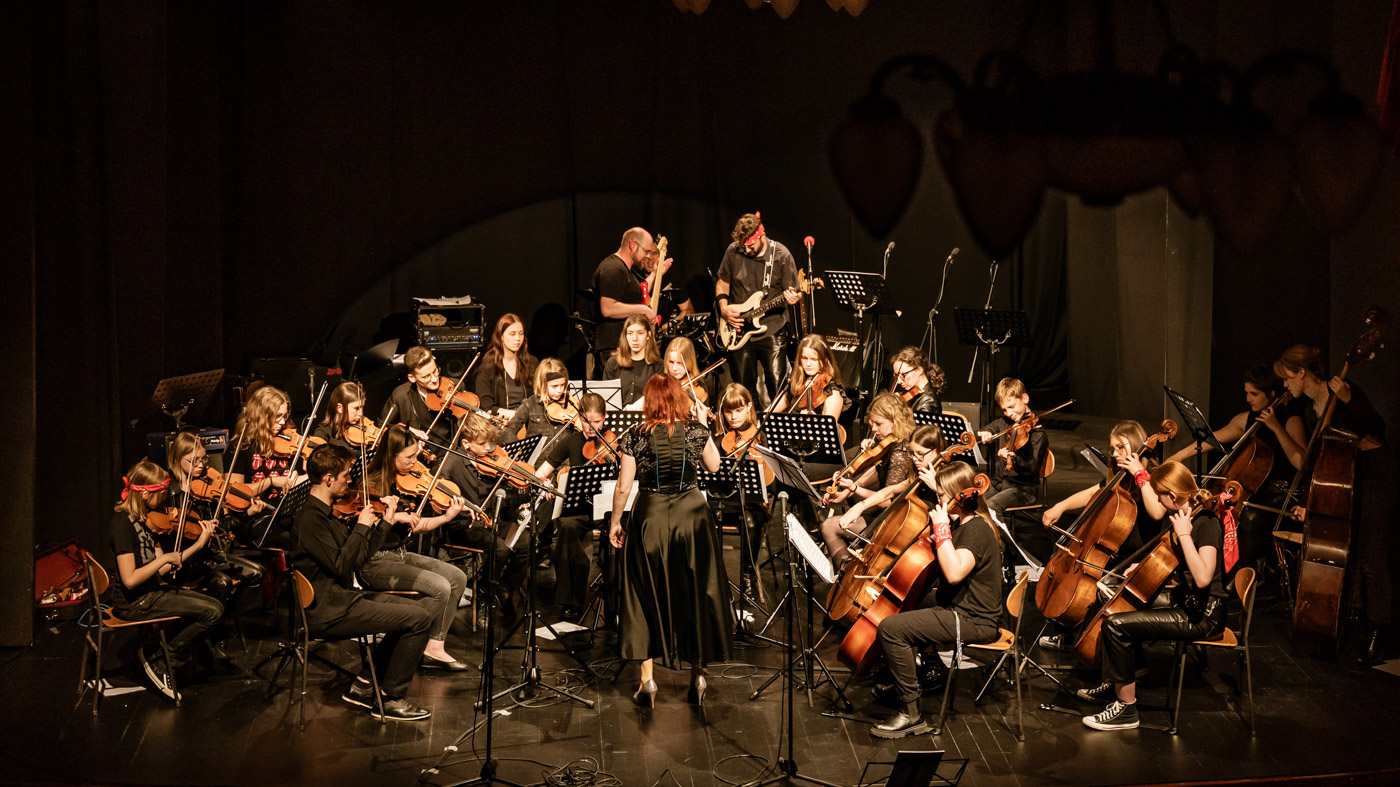
How do I find smaller concerts to start with?
Starting to photograph concerts can be a challenge, especially if you’re unsure where to begin. The first step towards photographing large music festivals and concerts is gaining experience with smaller, local events. Here are some tips on how to find these opportunities and get started:
Look for local events
- Start by seeking out smaller concerts and events in your area. These could be performances in local bars, clubs, cafes, or smaller concert halls. These events are typically easier to access and often offer excellent opportunities to gain experience and build your portfolio.
Contact the organizer
- Once you find an event you would like to photograph, reach out to the organizer or event manager. Introduce yourself as a photographer and express your interest in photographing the event. Emphasize that you’re looking to gain experience and that you’re willing to work for free or minimal pay.
Offer your services
- Let the organizer know that you’re prepared to photograph the event and that you will provide them with photos for their use. This is a great way to add value to your offer and increase the likelihood that they will permit you to photograph them.
Ask for stage access
- Inquire if they will allow you to photograph near the stage or in other priority areas. This will enable better shots and a more immersive experience.
Be aware that you may have to work for free or very little money initially. The main goal is to gain experience, develop your style, and create a strong portfolio that will help you secure larger and better-paid opportunities. Like any career path, start small, work passionately and consistently, and believe in your abilities.

Mastering Lighting Conditions at Concerts and Events
Light is very important to photography. At concerts and events, managing lighting conditions can be one of the greatest challenges a photographer faces.
At concerts and events, lighting conditions are often very dynamic. They can rapidly shift between bright and dark scenes, and the colors and intensity of the light are constantly changing. These fluctuations can make it difficult to get properly exposed and clearly illuminated photographs.
Therefore, photographing concerts and events presents unique lighting challenges. Here I will explain these specifics in detail.
Dark surroundings with strong lights
Concerts and events often take place in dark spaces where the only sources of light are spotlights or stage lights. This creates strong contrasts between light and dark areas, which can make getting the right exposure challenging.
Changing light
The lights at concerts and events mostly change rapidly. The lighting scheme can change in an instant when the musician moves or when the song changes. This means that photographers must always be ready to adjust their settings.
Colored light
Stage lights are often colored, which can create interesting and dramatic effects. However, it can also make achieving the correct white balance difficult and cause the musicians’ faces to be colored in unnatural shades.
Unusual light sources
In addition to traditional stage lights, concerts and events can feature other sources of light, such as projections, lasers, fireworks, glow sticks used by attendees, etc. These can add extra dynamics and challenges to photography.
Each of these characteristics can cause problems, but they also offer opportunities to create unique and visually appealing photos if properly exploited.

Proper camera settings
When photographing concerts and events, photographers must quickly adapt to constantly changing lighting conditions. Understanding and adjusting the basic camera settings, such as ISO, aperture, and shutter speed, are key to achieving quality results.
ISO
ISO is a measure of your camera sensor’s sensitivity to light. The higher the ISO, the more sensitive the sensor, which allows for shooting in darker conditions. However, a higher ISO typically also results in more noise or grain in the photos. At concerts, you will likely need to set the ISO quite high, perhaps between 800 and 3200, depending on the lighting conditions.
Aperture
The aperture controls how much light enters the lens. It is expressed as an f/number, where a lower number means a wider aperture (and more light entering). A wide aperture (e.g., f/1.8 or f/2.8) can be useful in poor lighting conditions like concerts.
Shutter Speed
Shutter speed is how long the camera sensor records light. A longer shutter speed (e.g., 1 second) will record more light but also any movement in the frame, which can cause blurring. Shorter shutter speeds (e.g., 1/200 second) reduce blurring but record less light. For concert photography, you may want to experiment with shutter speeds between 1/60 and 1/200 seconds, depending on the speed of the action.
Take advantage of existing light
Experienced photographers learn to make use of every available light. This can mean using reflected light from the stage or finding creative ways to use the colored lights available at concerts and events. Often the best images are those that create strong contrast or exploit unique shadows created by concert lighting.
Post-production
There’s an often overlooked but vital component to achieving great concert photographs: post-production. Enhancing your photos in post-production isn’t something to be dismissed. It’s a standard practice in photography that elevates your work to a new level.
The use of software tools like Adobe Lightroom or Photoshop provides you with the opportunity to make fine adjustments. These could be in terms of brightness, contrast, and color balance, among other settings, enabling you to attain the desired result from your concert photography.
Remember, post-production isn’t about ‘fixing’ a photo; it’s about refining it and bringing your vision to life. Whether you’re a beginner or a seasoned photographer, never underestimate the power of post-production. It can be the difference between a good and a great weekend concert photo.
Of course, the most important advice is not to be afraid of the challenges that weekend concert photography presents. Each situation is an opportunity for learning and improving your skills. Practice, experiment, and don’t be afraid to make mistakes. Every experience will help you become a better photographer.
Practical Example
If you’re photographing a fast-moving musician in poor light, you might want to set the ISO high (e.g., 1600 or 3200) for more light sensitivity, the aperture wide (e.g., f/2.8) for the maximum amount of light, and the shutter speed short (e.g., 1/200 second) to reduce blurring.
It is important to emphasize that you will need to adjust these settings according to the specific lighting conditions and desired result.

Focusing While Photographing
Proper focusing is crucial when photographing fast-moving subjects. In a lively and dynamic environment, correct focusing can make the difference between a successful and unsuccessful photograph.
Autofocus (AF)
Autofocus is a commonly useful feature that most modern cameras offer. However, in poor lighting conditions or with fast-moving subjects, autofocus can cause problems. Nevertheless, with proper use and understanding of AF settings, it can work well in many situations.
Manual Focus (MF)
Manual focus can be more accurate as it gives you complete control over the focus. In poor lighting conditions or when AF is not functioning properly, manual focus can save the day. It requires some practice but can prove to be an invaluable tool in your skillset.
Tracking Focus (AF-C or AI Servo)
Tracking focus is a mode of autofocus designed for tracking moving subjects. This is extremely useful at concerts, as it allows the camera to track the performer and maintain sharpness no matter how they move.
A few tips and tricks for fast and accurate focusing include
Use the center focus point: The center focus point is often the most accurate and reliable, so use it for initial focusing, then recompose your image if necessary.
Know your equipment’s limitations. Every lens and camera will behave differently in poor lighting conditions. Test your gear under various conditions.
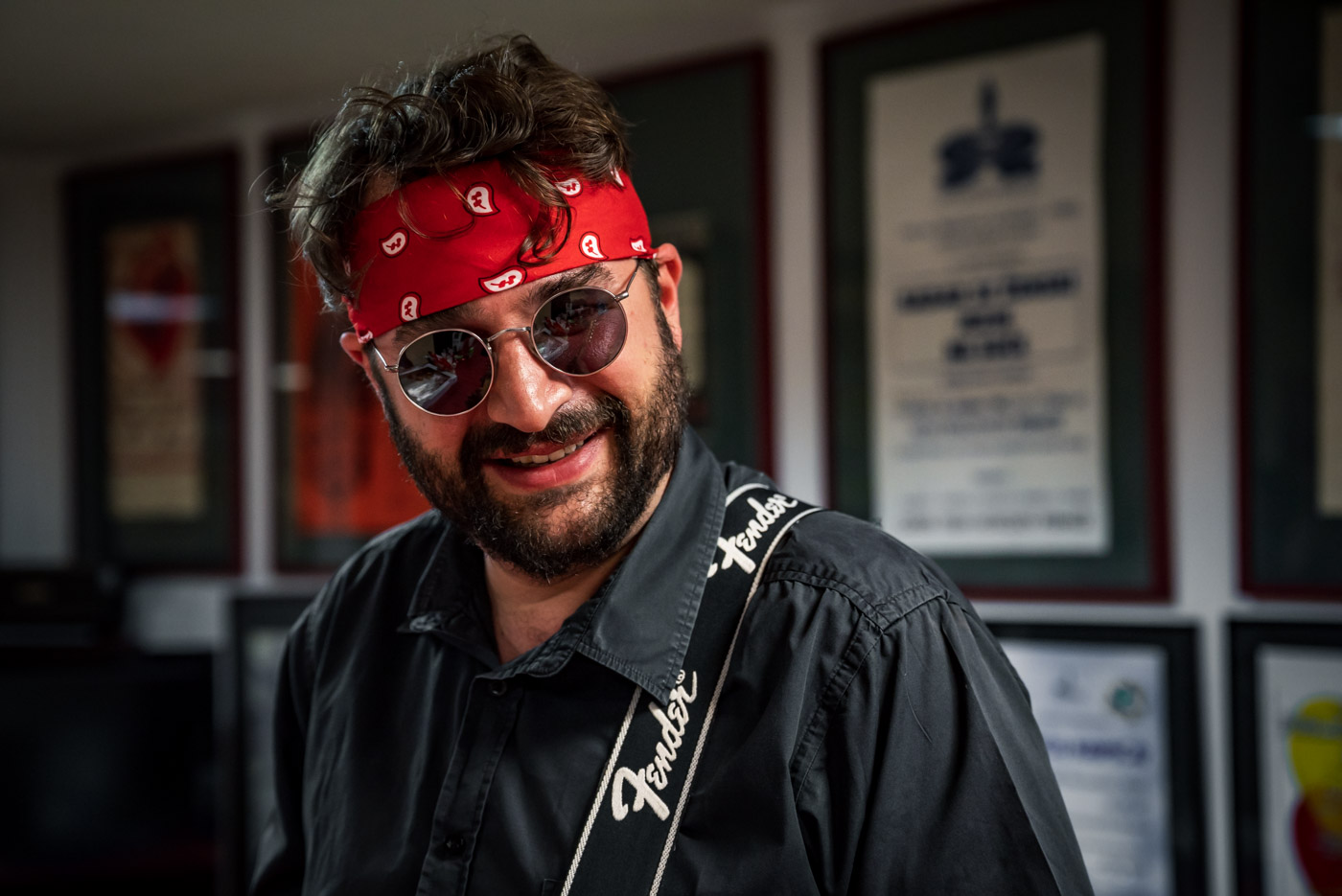
Advanced Techniques and Tips for Weekend concert Photography
Once you’ve mastered the basics of weekend concert and event photography, you can start experimenting with more advanced techniques and tips. These will help you improve your photos and develop a unique photographic style.
Use of flash
Flash can be a powerful tool in concert photography, but it needs to be used judiciously. Flash use is prohibited at some concerts, so make sure you know the event rules. If it’s allowed, avoid using flash when photographing musicians on stage, as it can cause unwanted shadows or reflections. Instead, use it to illuminate the audience or to create creative portraits backstage.
Choosing the best position for shooting
Positioning is extremely important when photographing concerts. In general, it’s best to be as close to the stage as possible, but this isn’t always feasible or ideal. Try moving around the venue to capture different angles and perspectives. Also, pay attention to the light and shadows on stage, as these will determine how good your photo will look.
Emphasizing the importance of practice and experimentation
As with all types of photography, practice is key when it comes to concert and event photography. The more you shoot, the better you will understand how your camera works under various lighting conditions and how to best use different techniques. Also, don’t be afraid to experiment. Each concert is unique, so don’t limit yourself to one single way of shooting. Explore, try out new ideas, and find your own style.
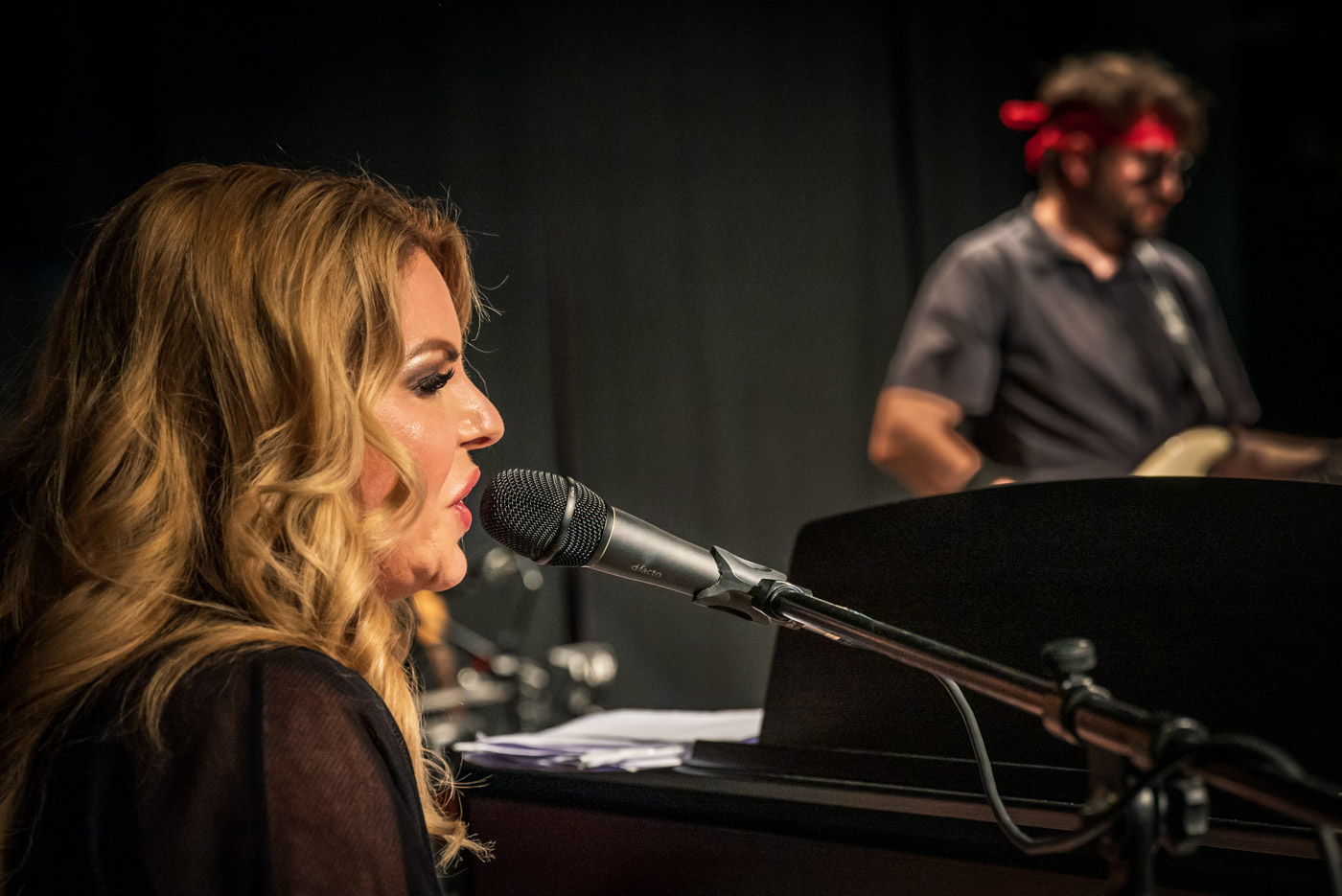
Choosing the Right Lens
Tips for Selecting Lenses Based on Specific Conditions and Desired Outcomes
Choosing the right lens is crucial for achieving the desired results when photographing concerts and various events. Given the diversity of situations that occur at these events, careful selection is needed to match specific conditions.
Telephoto lenses
These lenses are excellent for concerts and events where you need to photograph action from a distance. Telephoto lenses allow you to zoom in and capture details that can be exceptionally interesting, even if you can’t get close to the stage. Lenses with a focal length of 70 to 200 mm are often popular choices.
Bright lenses
In low-light conditions, like concerts, bright lenses are key. These lenses have lower f-stop values (e.g., f/1.8, f/2.8), meaning they allow more light onto the camera sensor. They enable better photos in dark environments and reduce the need for high ISO, thereby reducing noise in the photos.
Wide-angle lenses
If you want to capture the whole scene or a larger group of people, wide-angle lenses are an excellent choice. These lenses provide a broader view and can help capture the atmosphere of the event.
Versatile zoom lenses
Lenses like the 24-70mm f/2.8 are popular among concert photographers, offering a great deal of flexibility and good light intensity. They allow for capturing a wide range of shots without needing to change the lens.
The choice of lens will depend on the specific conditions of the concert or event, such as the distance to the stage, available light, type of event, and desired final result. When choosing, consider that using different lenses can contribute to greater diversity in your photos. Remember, it’s also easier to determine which lens is best for a particular situation with experience. So try out different lenses and discover which best suits your style and needs.

Overview of typical lenses suitable for concert and event photography
Nikon has released numerous bright lenses for its Z series of mirrorless cameras and for its DSLR cameras. These lenses typically have an aperture of f/2.8 or wider, meaning they let a lot of light onto the camera sensor. Here are some lenses from the Z series known for their brightness:
- Nikon Z 50mm f/1.8 S
- Nikon Z 35mm f/1.8 S
- Nikon Z 24-70mm f/2.8 S
- Nikon Z 85mm f/1.8 S
- Nikon Z 58mm f/0.95 S Noct
- Nikon Z 70-200mm f/2.8
Here are some Nikon F-mount lenses known for their brightness:
- Nikon AF-S NIKKOR 50mm f/1.4G
- Nikon AF-S NIKKOR 35mm f/1.4G
- Nikon AF-S NIKKOR 24-70mm f/2.8G
- Nikon AF-S NIKKOR 85mm f/1.4G
- Nikon AF-S NIKKOR 14-24mm f/2.8G ED
Sony offers a wide range of bright lenses for its series of mirrorless cameras. These lenses have an aperture of f/2.8 or wider, meaning they allow more light onto the camera sensor.
Here are some Sony lenses known for their brightness:
- Sony FE 50mm f/1.2 GM
- Sony FE 24mm f/1.4 GM
- Sony FE 24-70mm f/2.8 GM
- Sony FE 85mm f/1.4 GM
- Sony FE 35mm f/1.4 GM
Canon offers a wide range of bright lenses for its DSLR and mirrorless camera series. Here are some Canon lenses known for their brightness:
- Canon EF 50mm f/1.2L USM
- Canon EF 35mm f/1.4L II USM
- Canon EF 24-70mm f/2.8L II USM
- Canon EF 85mm f/1.4L IS USM
- Canon RF 28-70mm f/2L USM
It’s recommended to check compatibility with your camera before purchase and consider your specific needs and budget!

Rent a Lens
As a photographer who was at the start of her journey, I can tell you that one of the smartest decisions I made was to rent lenses before I bought them. Lenses can be very expensive, especially if you want true quality, so it’s important to take the time to try out different options before deciding on a purchase.
Renting lenses allowed me to test different types and brands before making an investment. It also, especially when photographing concerts and other events.
This approach also helped me develop my personal aesthetic and style. By using different lenses, I found what suited me best in terms of focal length, light intensity, and other specifications that each lens offers.
So, if you’re at the start of your photographic journey, I would highly recommend opting to rent lenses first. Not only will this help you save money, but it will also give you the opportunity to learn and better understand which lenses are most suitable for your photographic journey.

Conclusion
Weekend concert and event photography is undoubtedly one of the most challenging yet thrilling tasks in the world of photography. Regardless of whether you’re a beginner or an experienced photographer, I hope the tips and information I’ve shared with you are helpful and will assist you in enhancing your skills.
As we’ve discovered through this article, it’s vital to understand the characteristics of lighting conditions at concerts, learn to adjust camera settings for optimal exposure, select the right lens to achieve the desired outcome, and develop focusing skills for fast-moving subjects.
For me, the most crucial element of a successful concert photographer is passion 🔥. Passion for music, passion for the art of photography, and passion for continuous learning and honing your skills. This very passion will motivate you to get up and head to the next concert with your camera in hand, no matter how demanding the lighting conditions may be.
So persist, learn, and constantly improve your skills. And remember: photography is a distinct art, and everyone has their own unique style. Don’t be afraid to experiment and discover your own approach to concert photography.

I love challenges of all shapes and sizes. This includes those with preschooler’s photography lessons. It’s never too early to start learning the basics of photography. Feel free to take a look at this amazing motivation from tiny fingers 👶.
In closing
I would like to invite everyone who has read this article to share their experiences, tips, or stories about weekend concert photography. If you believe that this article could benefit others, please share it on social media. Connecting and sharing information is what makes us stronger as a community.
May your photographic experiences always be full of light, even if they sometimes seem very dark 💡.
I thank you for your time and look forward to embarking on this journey together. Happy shooting!
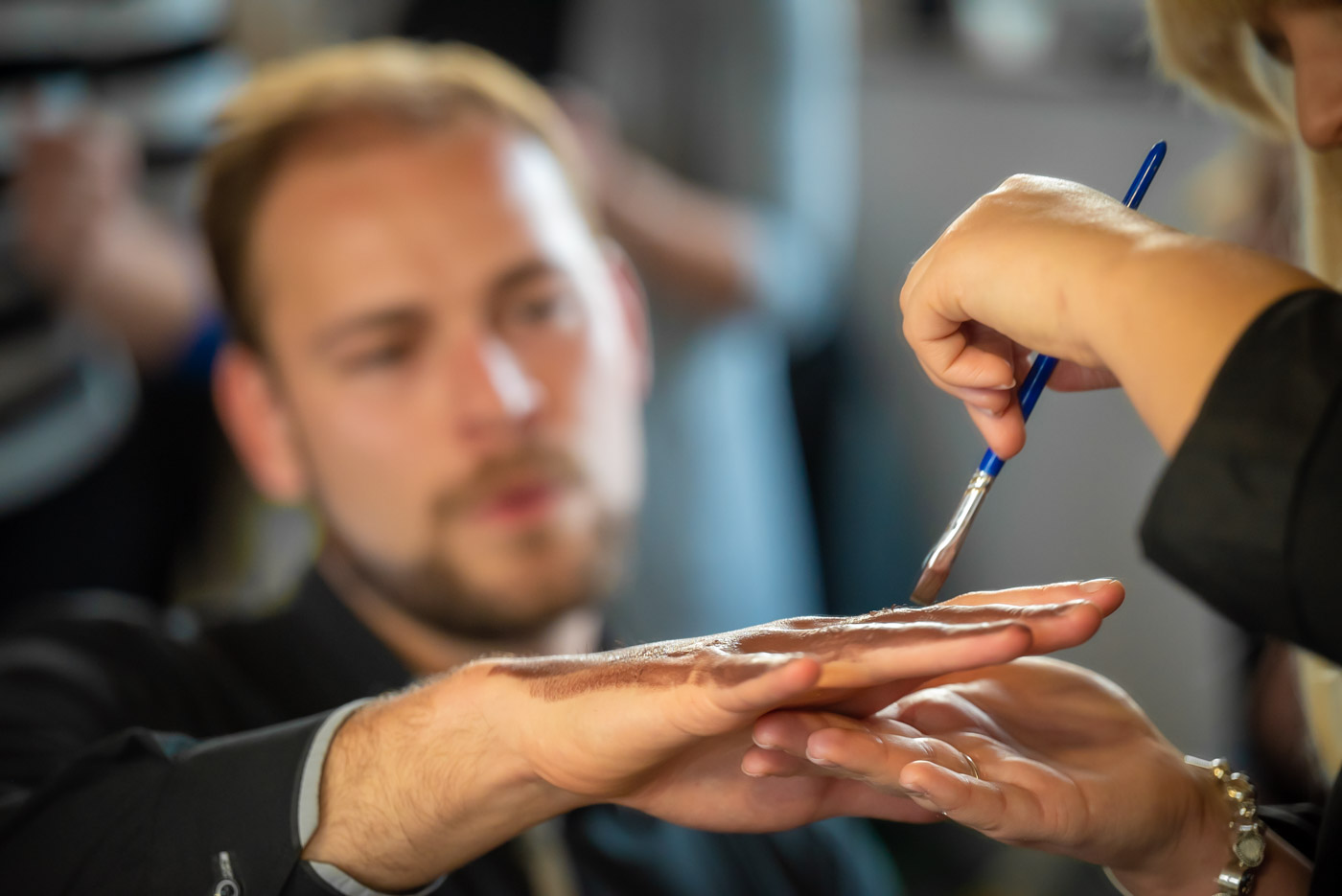
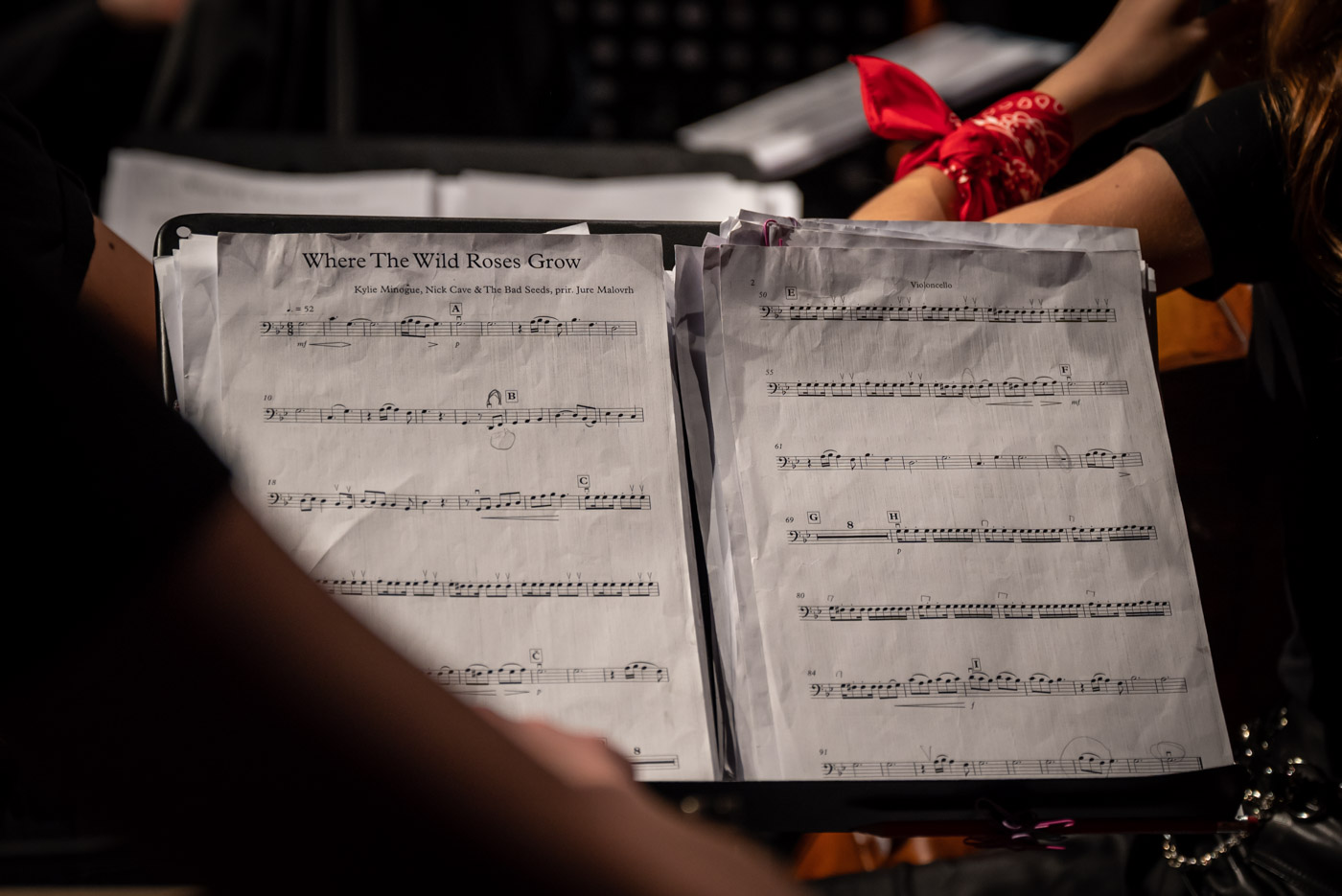
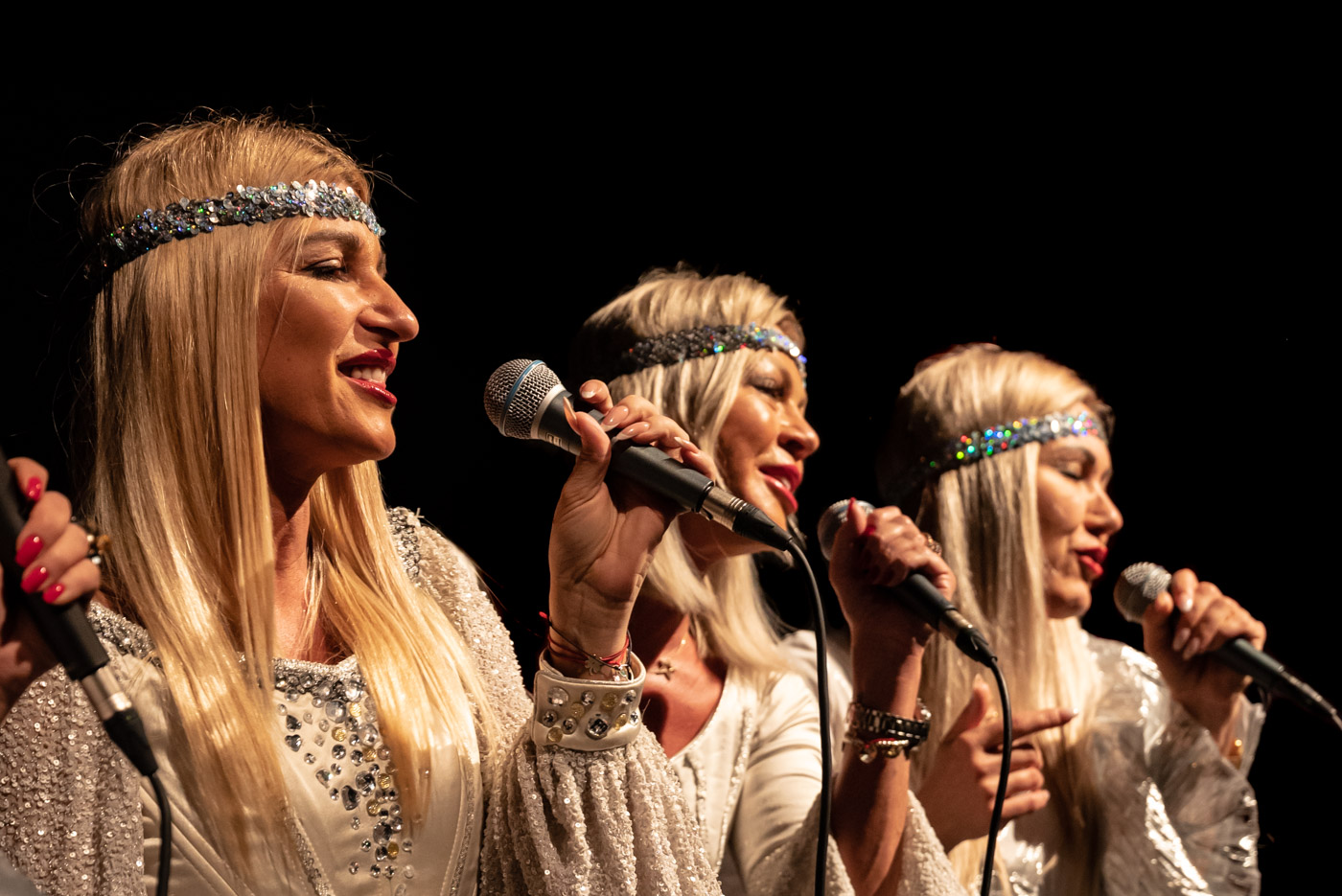
These are very beautiful photos. Concert photography is the biggest challenge for me among all genres of photography because there is very little light and the band on stage sometimes moves quite quickly.
Thank you Jernej 🙏